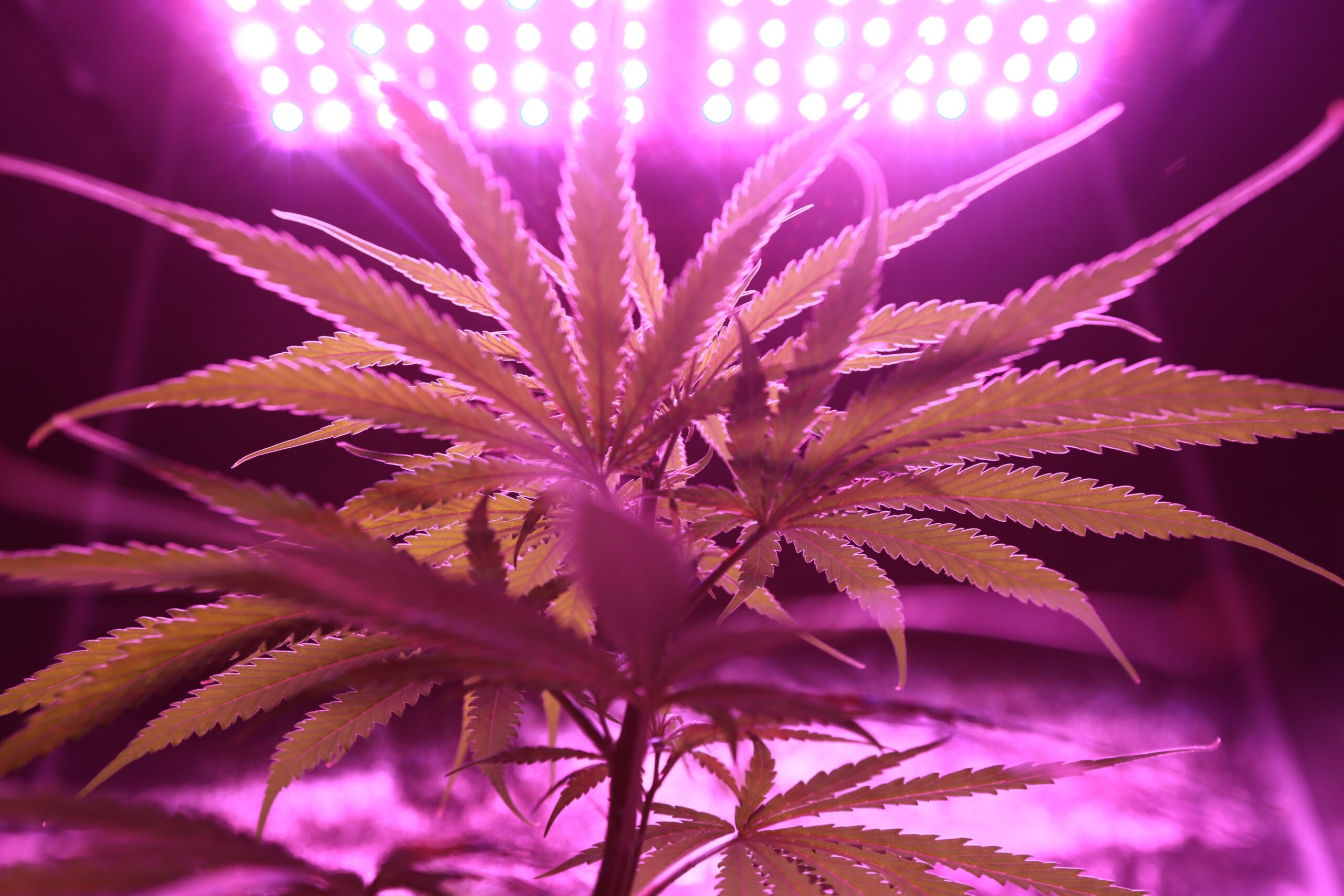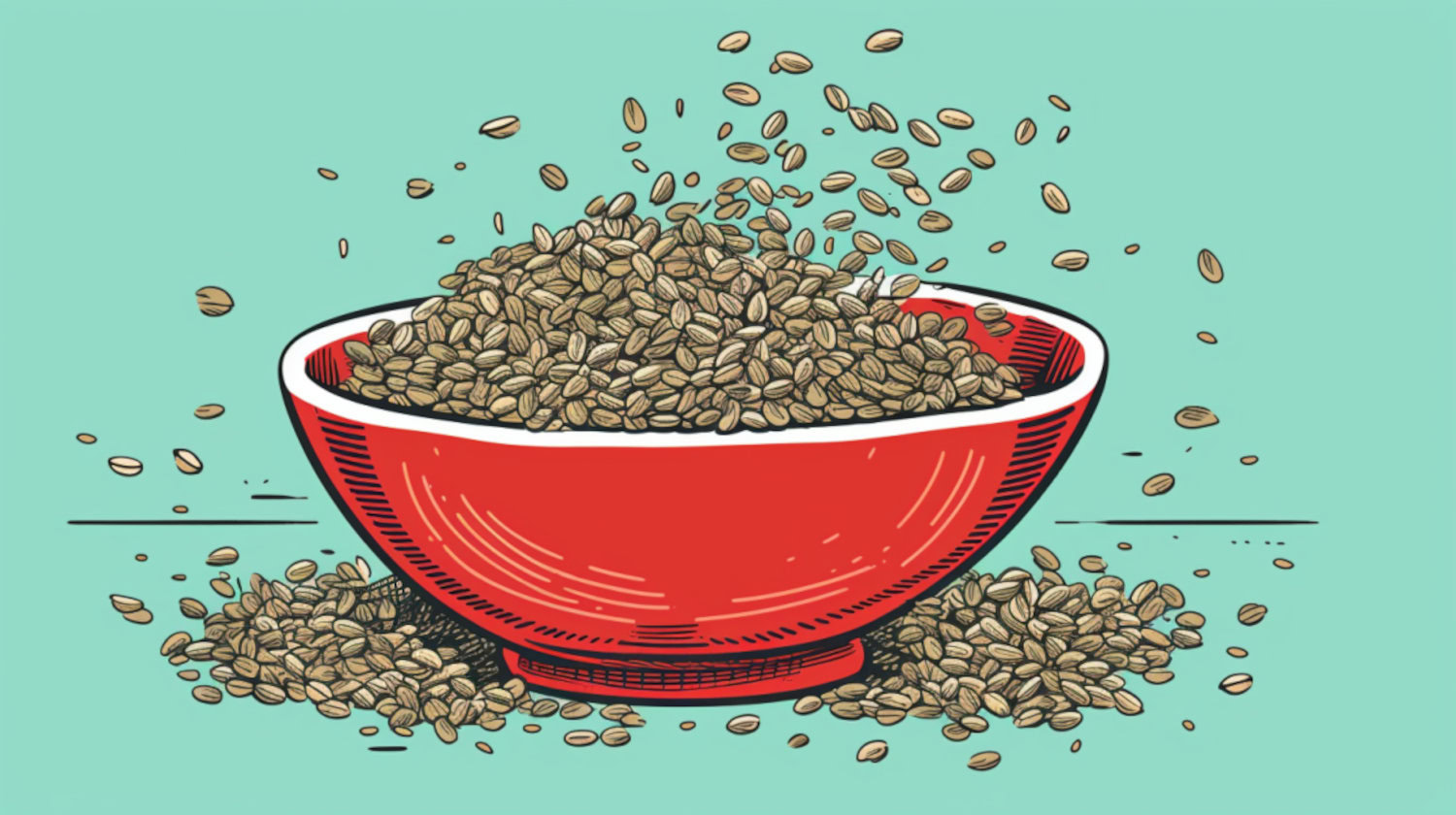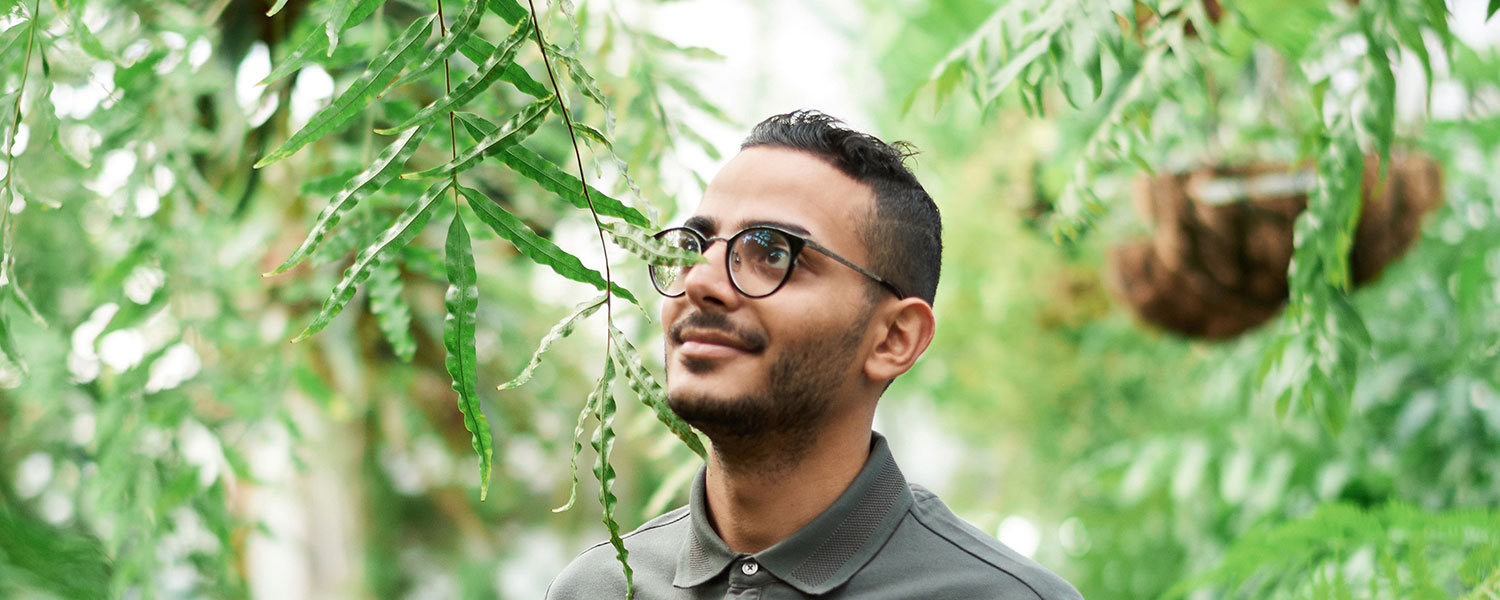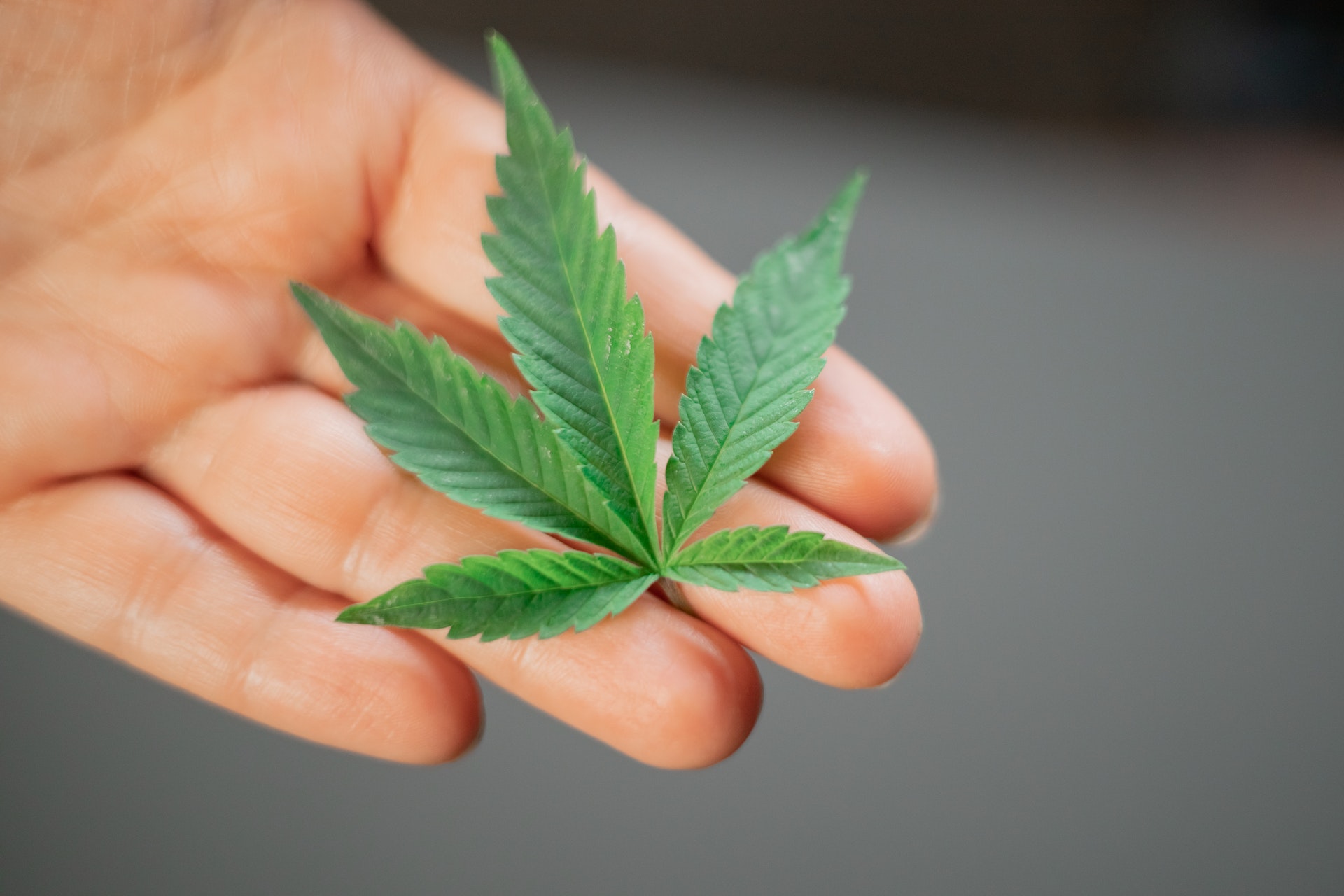Before cannabis was legalized, cultivators could only grow their plants discreetly indoors.
Now, with a growing social and legal acceptance of cannabis spreading throughout the country, new methods and advances in cannabis cultivation have been developed.
One unique grow method is called light deprivation or light dep/depping.
In this article, we'll examine the idea behind light dep as a cultivation method, how it compares to traditional growing techniques, and its pros and cons.
What is Light Deprivation?
Light deprivation is a novel way of growing cannabis that many are calling Light deprivation is a novel way of growing cannabis that many are calling the "future of cannabis" cultivation because of its unique benefits:
- Control the timing of the final flowering stage of growth
- Increase the number of harvests per season
- Extend the flowering periods (that means bigger, better buds)
- Lower your grow’s carbon footprint
As the name suggests, light deprivation involves reducing the amount of light your cannabis plants receive while growing. This effectively jump-starts the final flowering stage of growth.
In normal circumstances for outdoor plants, cannabis plants will begin to flower at the beginning of fall, when there is naturally less daily sunlight.
Using light deprivation techniques, however, your plants will behave as if autumn has already begun and start flowering sooner than they otherwise would. The result is extended flowering periods, which translate into bigger and better buds in record time.
Light depping was first developed in the 1980s by growers in Humboldt County, California, the famous ground-zero of at-home cannabis cultivation. However, the technique remained relatively niche among cultivators until the early 2000s.
Since then, it has taken off, and cannabis growers are now using light deprivation more than ever.
The Light Deprivation Technique: How is it Done?
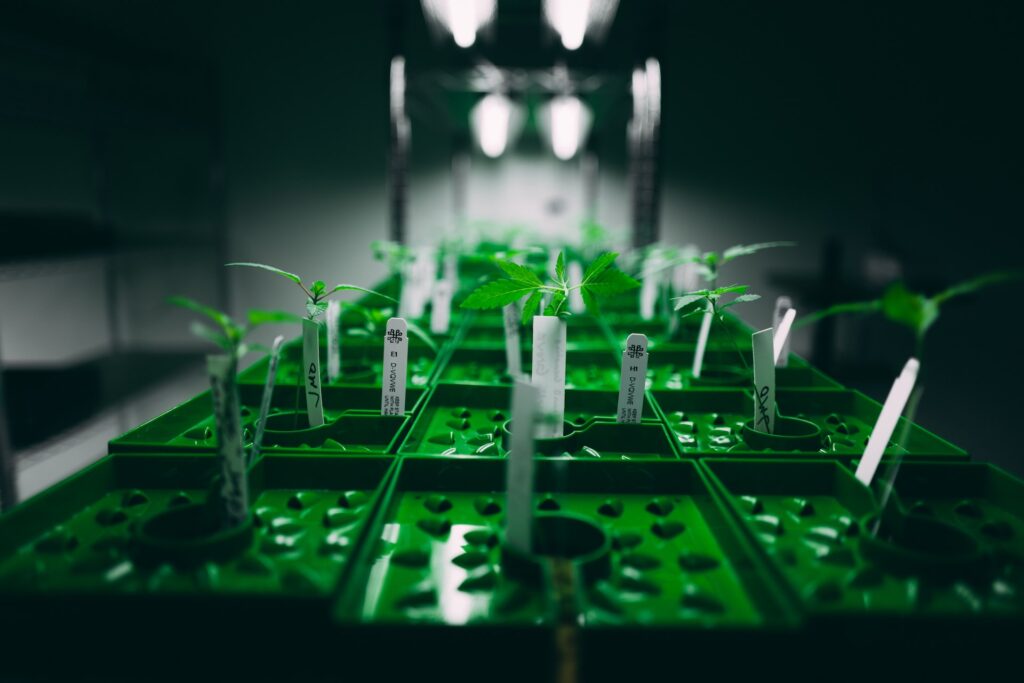
So, how can you use light deprivation to grow your weed?
You'll likely need a few supplies, like:
- A cannabis greenhouse,
- Lightproof plastic or material to cover plants,
- Ventilation equipment.
Your set-up may vary depending on your space and resources. For example, you can use large 30-gallon pots or grow bags, or you can also use raised beds.
Light deprivation is about more than just the growing medium or particular design; it is about the amount of light you allow your plants to receive.
The idea behind light deprivation is similar to techniques employed by indoor cultivators. These cultivators have a great degree of control over the light they can give to their plants. They, too, sometimes restrict the amount of light to induce flowering stages faster.
Unlike indoor grows, where you can just turn off your grow lights, using light deprivation for an outdoor grow means you'll need to cover and uncover your plants or greenhouse with light-proof tarps at scheduled times, stimulating the flowering cycle of cannabis.
It doesn't necessarily matter what kind of material you use to restrict the lights to your plants as long as it’s 100% lightproof for a minimum of 12 hours per day. Otherwise, the light deprivation technique will not be effective, and your plants won't start flowering as expected. As such, tarps and plastic covers are usually the go-to for many light dep growers.
If you don't have a greenhouse, you can fashion 'bags' that fit right over your plants. You can also use plastic bins or containers to cover your plants, as long as they are big enough.
Finally, if you planted your cannabis in grow bags or pots, you can periodically move them into a dark room instead of covering them. This may be the best way to go if you don't have that many plants, but this can quickly become a chore if you are cultivating several.
Maintaining adequate ventilation is crucial while light depping, especially if you grow weed in a greenhouse. Otherwise, the temperature and humidity that your plants are subjected to may be too much, which can stress out your plants or cause them to develop bud rot.
Light Dep Pros and Cons
While light deprivation has many advantages that have made it a popular grow method in recent years, some shortcomings may make it less appealing, depending on your setup.
Pros of Light Deprivation:
The most noteworthy perk of light depping is bigger and better yields. If a plant begins flowering much earlier than it usually would, you can expect more bountiful harvests.
Some growers find that light depping leads to double or even triple the yields!
Not only that, but light depping typically gives growers more control and planning over their cultivation processes. This is especially true when light depping using a greenhouse.
Light deprivation techniques can also be considered more environmentally friendly. This is because light depping can mimic the results that are characteristic of indoor growing without the same intensive energy use.
So, if you grow your light-dep plants outside instead of using grow lights indoors, your cultivation will have a significantly smaller carbon footprint.
To sum up, the pros of light depping are:
- Bigger yields,
- Bigger buds,
- Several harvests per growing season,
- Lower carbon footprint,
- Faster flowering.
Cons of Light Deprivation:
The main con of light deprivation is the greater effort involved compared to other growing methods.
To execute correctly, you'll need to cover and uncover your plants on a very consistent schedule. There's little room for error when it comes to light depping. If light leaks to your plant during your depping schedule, they may not flower as expected, reducing your yield despite all of your hard work.
Finally, light deprivation does not work on auto-flowering cannabis plants. These cannabis plants transition automatically from the vegetative phase to the flowering stage based on age, hence the name "autoflower." The amount of light they are or are not exposed to will make no difference.
To summarize, the cons of light depping are:
- More work and upkeep,
- Light leaks can sabotage your efforts,
- Can change the appearance of the final product,
- Does not work on auto-flowering plants.
Light Dep vs Other Growing Methods
How does light deprivation compare to traditional indoor and outdoor grows? Let’s break it down.
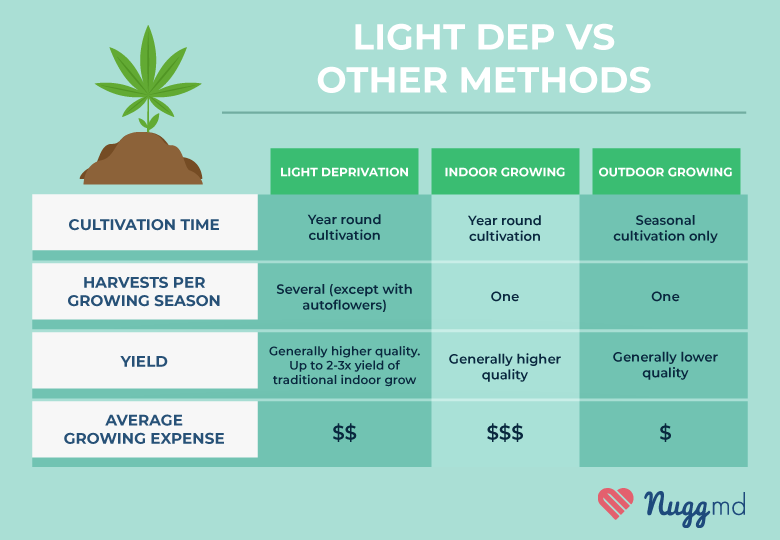
Light Dep Weed: What About the End Product?
So, what does the light-dep weed look like in the end? Well, it depends.
Because of the highly controlled conditions and consistent upkeep required by light deprivation, light dep weed is almost always of very high quality. Even so, the quality may not differ all that much from cannabis grown using conventional methods, especially by an experienced grower. Some strains may respond to light deprivation more positively than others.
Light deprivation will also speed up your plants' growth and spur the flowering stage much faster. This earlier flowering stage means that growers could potentially fit several harvests into a single growing season. So, even if your light-deprivation crop doesn’t vastly outpace the quality of other conventional cultivation methods, it differs substantially in terms of quantity.
Ultimately, we recommend that you try light deprivation for yourself to see if you prefer this cultivation method over others.
Conclusion
Light deprivation has grown beyond its humble beginnings in recent years and is gaining mainstream popularity among cannabis cultivators. It has proven itself as an effective growing technique that can maximize yields and shorten the growth time of cannabis plants.
"Tricking" your plants into flowering earlier than they otherwise would by restricting the amount of light they receive can allow you to increase the number of harvests per growing season. Conventional methods, on the other hand, only result in a single harvest.
Nevertheless, light deprivation requires more work and consistency compared to other forms of cannabis cultivation. It also leaves little room for error; a few mistakes can undo the gains you worked so hard to achieve.
Light deprivation can be an effective way to maximize yields and, with the right equipment, produce the top-shelf quality cannabis characteristic of expensive indoor operations at significantly cheaper costs.
The information in this article and any included images or charts are for educational purposes only. This information is neither a substitute for, nor does it replace, professional legal advice or medical advice, diagnosis, or treatment. If you have any concerns or questions about laws, regulations, or your health, you should always consult with an attorney, physician or other licensed professional.

